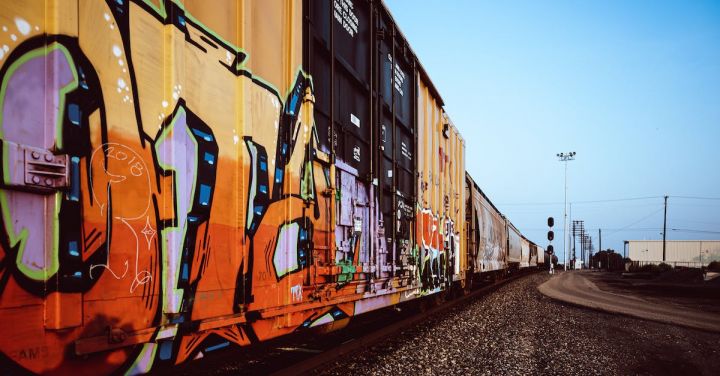Throughout the centuries, artists have been captivated by the railways and their impact on society. The iron tracks that crisscrossed the landscape, connecting distant places and people, became a symbol of progress and modernity. From the steam-powered locomotives of the 19th century to the sleek high-speed trains of today, the railways have provided artists with a rich source of inspiration. In this article, we will explore the ways in which trains have been depicted in art and the significance of these representations.
In the early days of the railways, artists were drawn to the awe-inspiring power of the steam locomotive. Painters such as J.M.W. Turner and Claude Monet captured the billowing smoke and the intense energy of these machines, creating dramatic and atmospheric scenes. The train became a metaphor for the unstoppable forces of industrialization and progress, as it cut through the landscape with its relentless power.
As the railways expanded and became more integrated into society, artists began to focus on the people and the stories behind the trains. Paintings by artists such as Gustave Caillebotte and Edward Hopper depict bustling train stations, filled with travelers and commuters. These works capture the sense of movement and anticipation that permeated these spaces, as people embarked on journeys both physical and metaphorical.
In addition to capturing the human experience, artists also explored the impact of the railways on the natural environment. The works of artists like Camille Pissarro and Vincent van Gogh depict trains cutting through fields and forests, disrupting the tranquility of the landscape. These paintings serve as a reminder of the cost of progress and the tension between human development and the preservation of nature.
In the 20th century, the railways continued to inspire artists, but their depiction took on new meanings. The emergence of the modernist movement brought with it a focus on speed, efficiency, and the aesthetics of technology. Artists such as Fernand Léger and Kazimir Malevich transformed the train into abstract forms and geometric shapes, emphasizing its mechanical nature and its role in the modern world.
The railways also became a subject of fascination for the Surrealists, who saw in them a symbol of the unconscious mind. Salvador Dalí’s iconic painting, “The Persistence of Memory,” features a melting pocket watch draped over the side of a train, suggesting the fluidity of time and the dreamlike nature of reality. The train became a metaphor for the passage of time and the transience of human existence.
In contemporary art, the railways continue to be a source of inspiration. Artists like David Hockney and Jeff Wall have explored the railways as a backdrop for their narratives, using them to create a sense of movement and to explore themes of travel and displacement. The railways have become a symbol of globalization and the interconnectedness of the modern world.
In conclusion, the railways have played a significant role in art history, capturing the imagination of artists across different time periods and artistic movements. From the early depictions of steam locomotives to the abstract and surreal interpretations of the 20th century, trains have served as a powerful symbol of progress, human experience, and the changing relationship between humans and their environment. The railways on canvas tell a story of technological advancement, societal change, and the enduring fascination with the power and beauty of the train.
